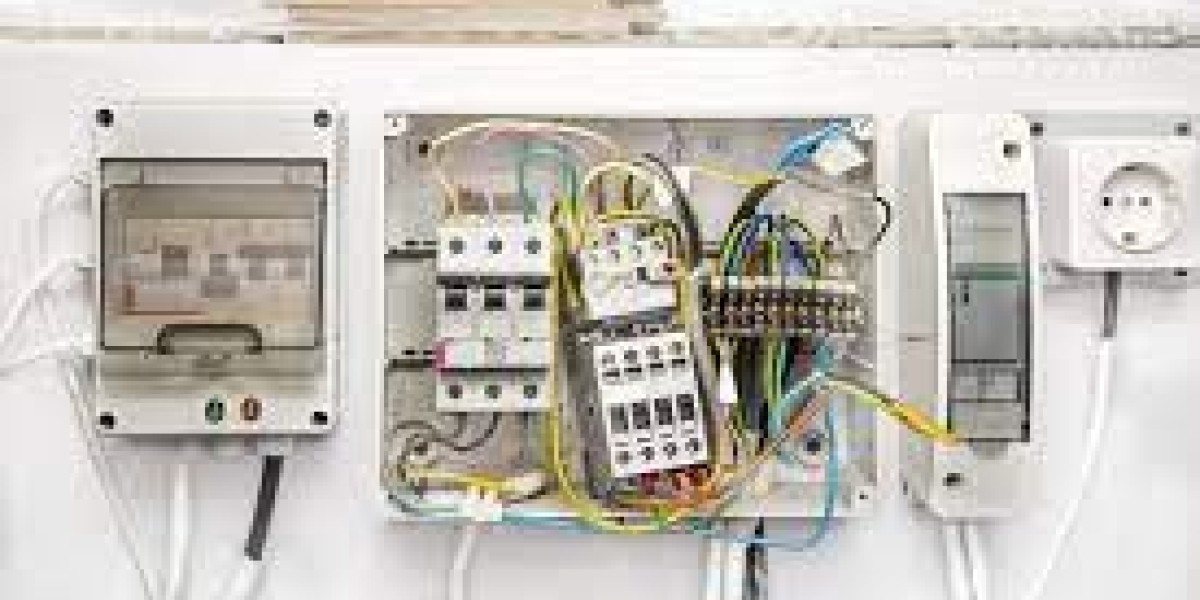Introduction
Electricity is an essential part of our daily lives, powering our homes, offices, and industries. However, electrical systems can sometimes experience faults or overloads, leading to potential hazards such as electrical fires or equipment damage. This is where circuit breakers come into play. Circuit breakers are crucial safety devices that protect electrical circuits by interrupting the flow of electricity in the event of an overload or short circuit. In this beginner's guide, we will explore the different types of circuit breakers and their applications.
Miniature Circuit Breakers (MCBs)
MCBs are the most common type of circuit breakers found in residential and commercial buildings. They are designed to protect circuits with lower current ratings, typically up to 100 amps. MCBs are compact, cost-effective, and offer reliable protection against overcurrents. They automatically trip and disconnect the circuit when they detect an overload or short circuit, preventing damage to the circuit and potential hazards. MCBs are available in different trip characteristics, such as Type B (for general applications), Type C (for motor control circuits), and Type D (for circuits with high inrush currents).
Molded Case Circuit Breakers (MCCBs)
MCCBs are more robust circuit breakers commonly used in industrial and commercial applications. They can handle higher current ratings, typically ranging from 100 amps to several thousand amps. MCCBs provide protection against overcurrents, short circuits, and ground faults. They offer adjustable trip settings, allowing customization based on the specific requirements of the electrical system. MCCBs are often used in applications such as distribution panels, motor control centers, and large machinery.
Residual Current Circuit Breakers (RCCBs)
RCCBs, also known as ground fault circuit interrupters (GFCIs), are designed to protect against electrical shocks and ground faults. They monitor the imbalance between the live and neutral currents. If a ground fault occurs, indicating current leakage to the ground, the RCCB quickly trips and cuts off the electricity supply. They provide an additional layer of safety, reducing the risk of electric shock.
Arc Fault Circuit Interrupters (AFCIs)
AFCIs are specialized circuit breakers designed to detect and mitigate the risk of electrical fires caused by arc faults. Arc faults occur when electricity jumps between damaged or deteriorated wires, connections, or other electrical components. AFCIs continuously monitor the circuit for dangerous arcing conditions. If an arc fault is detected, the AFCI trips and interrupts the circuit, preventing the potential ignition of nearby combustible materials. AFCIs are primarily used in bedrooms, living rooms, and other areas where fires can pose a significant risk.
Supplementary Protectors
Supplementary protectors, also known as supplementary circuit breakers, are additional protective devices used in conjunction with primary circuit breakers. They provide extra protection to specific electrical equipment or appliances that require specialized protection beyond the capabilities of the main circuit breaker. Supplementary protectors are often used in industrial settings to safeguard machinery or equipment from short circuits, overloads, and other faults.
Conclusion
Circuit breakers are crucial components of electrical systems, providing protection against overloads, short circuits, ground faults, and arc faults. Whether you are a homeowner, a business owner, or an electrical professional, having the right circuit breakers installed can significantly reduce the risk of electrical hazards.
Unlocking Efficiency: The Importance of Relay Retrofitting in Industrial Systems
Circuit Breaker Overhauling Services



